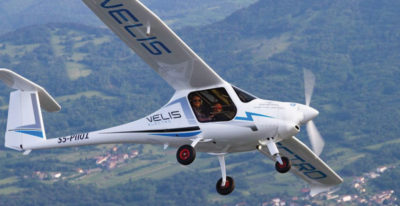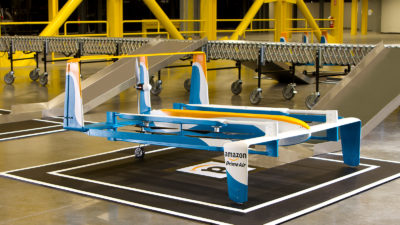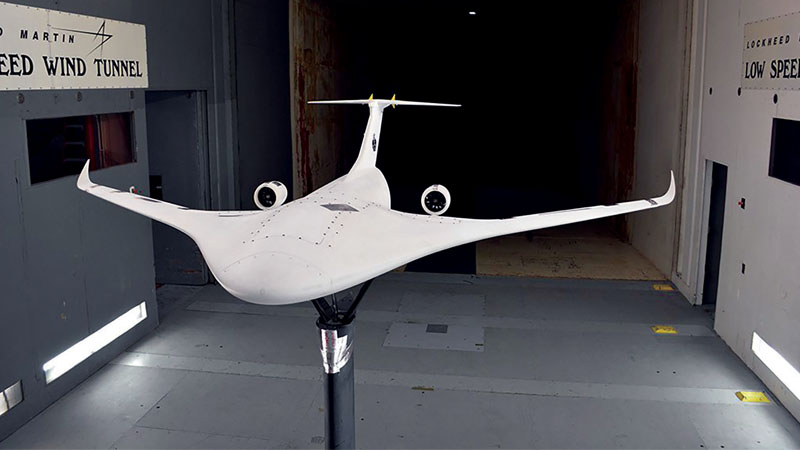Commercial launch companies and NASA chart successes
By Dale Arney|December 2017
The Space Transportation Technical Committee works to foster continuous improvements to civil, commercial and military launch vehicles.
Commercial companies provided frequent, reliable access to space in 2017 while preparing for the future of space exploration.
SpaceX returned to flight with a Falcon 9 launch Jan. 14. By June, the company had surpassed its previous high mark of eight launches in a year, including flights of previously flown boosters, a refurbished Dragon capsule and three launches within a 12-day span. SpaceX’s heavy lift vehicle, Falcon Heavy, underwent hot-fire testing at its test facility in Texas in preparation for its planned Dec. 29 launch.
United Launch Alliance delivered commercial and government payloads on its Atlas and Delta rockets throughout the year. ULA’s 120th launch was in August.
In July, Blue Origin founder Jeff Bezos shared photos of the company’s New Glenn orbital rocket assembly factory under construction at Cape Canaveral Air Force Station in Florida. New Glenn is scheduled to be operational by 2020. The BE-4, Blue Origin’s methane/oxygen engine being developed for New Glenn, is also under consideration for use on ULA’s Vulcan rocket. In 2017, BE-4 hardware began integrated testing in Texas in preparation for engine production in 2019.
Many components of NASA’s Space Launch System, designed to send astronauts to the lunar vicinity in the 2020s, were assembled in preparation for an uncrewed test flight in 2019. The interim cryogenic propulsion stage — the second stage of the SLS and first integrated piece of SLS hardware — was delivered in July to the Space Station Processing Facility at Kennedy Space Center, where it will remain until stacking operations for Exploration Mission 1.
For NASA’s Commercial Crew Program to deliver crew to the International Space Station starting in 2019, SpaceX and Boeing continued ground testing of the Dragon and Starliner spacecraft, respectively, in preparation for crewed test flights in 2018.
SpaceX and Orbital ATK delivered logistics to the ISS several times as part of the Commercial Resupply Services contract. After the return to flight of the upgraded Antares rocket in 2016, Orbital ATK used ULA’s Atlas 5 for its first delivery in 2017. Sierra Nevada’s Dream Chaser, a lifting-body vehicle that will resupply the ISS starting in 2020 atop ULA’s Atlas 5, completed a captive carry test in August at NASA’s Armstrong Flight Research Center.
Launch vehicles from international space agencies had significant achievements in 2017. Soyuz delivered crew to the ISS in April, July and September, with a planned launch in December. The July Soyuz MS-05 mission was the 134th flight of a Soyuz spacecraft. The Ariane 6, the European Space Agency launch vehicle scheduled to begin flight in 2020, passed a major milestone in April permitting the production of ground qualification models. China’s Long March 5 rocket suffered a failure in July, with planned return to flight by 2018 with a mission to robotically return samples from the moon. In June, India launched the Geosynchronous Satellite Launch Vehicle Mark 3 — its most powerful launch vehicle to date. India also launched a record-setting 104 small or cube satellites to orbit on a single launch in February using its Polar Satellite Launch Vehicle.
Small launch vehicles continued their progress toward meeting the demand of the growing small satellite market. In May, California-based Rocket Lab performed a partially successful test flight of the first Electron rocket, and Arizona-based Vector Space Systems performed the first suborbital test flight of its Vector-R rocket. Virgin Orbit performed hot-fire testing of the NewtonFour engine, which will power its LauncherOne vehicle’s second stage during its first flight, planned for late 2018.
Virgin Galactic completed an unpowered glide test of its VSS Unity spaceplane in August and plans to send tourists to space starting in 2018.



































